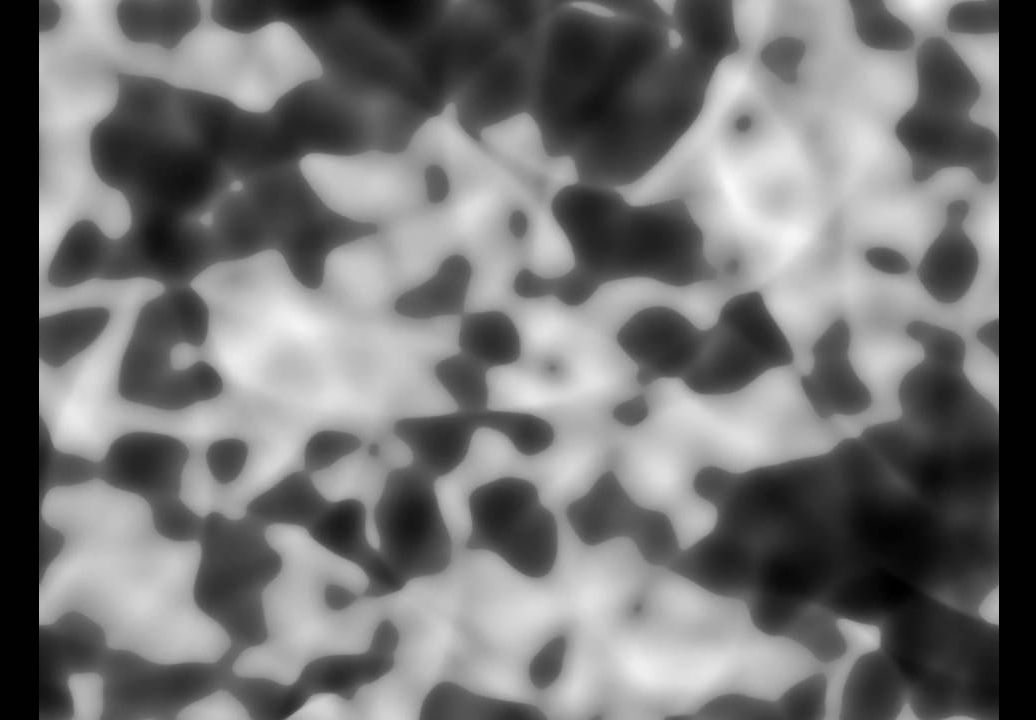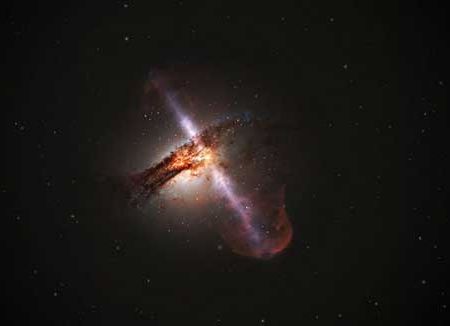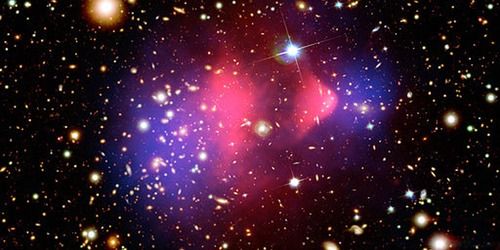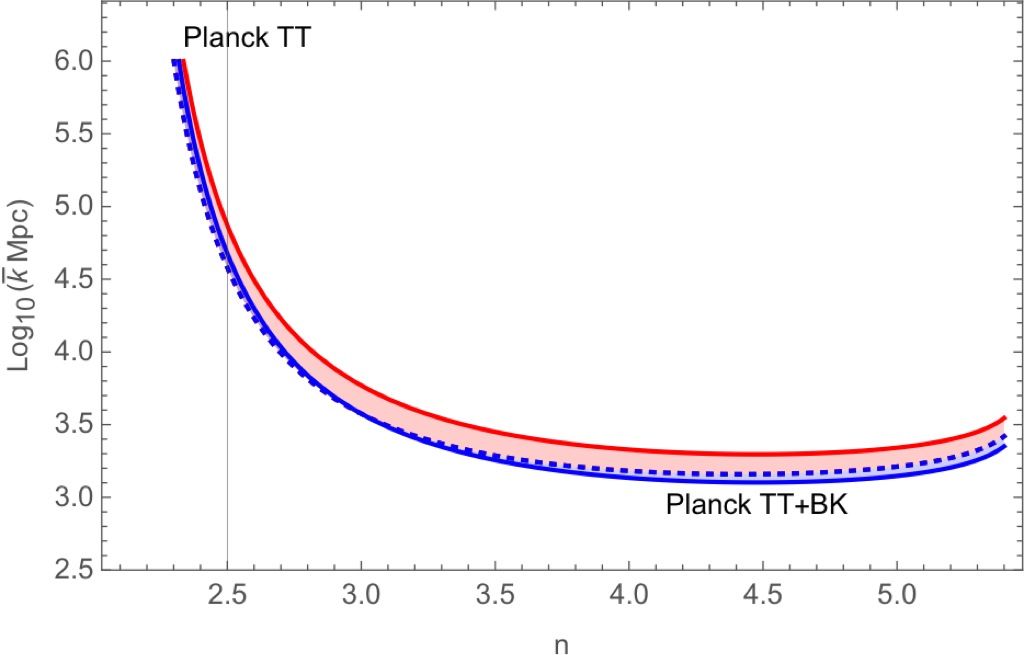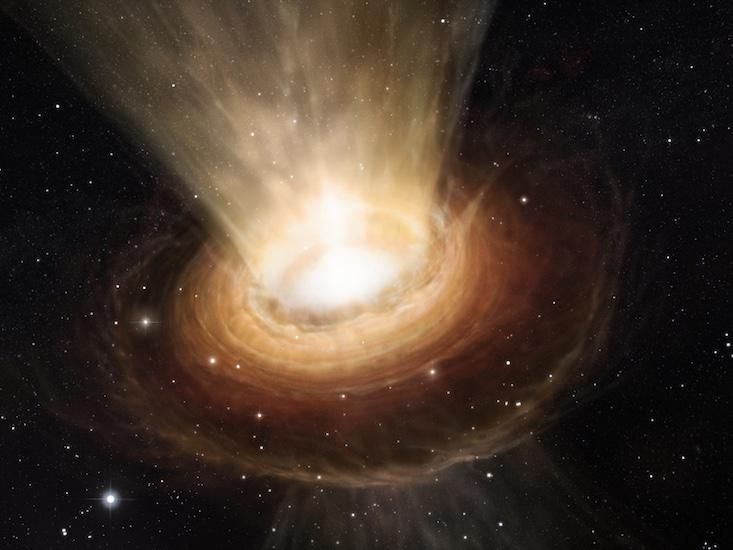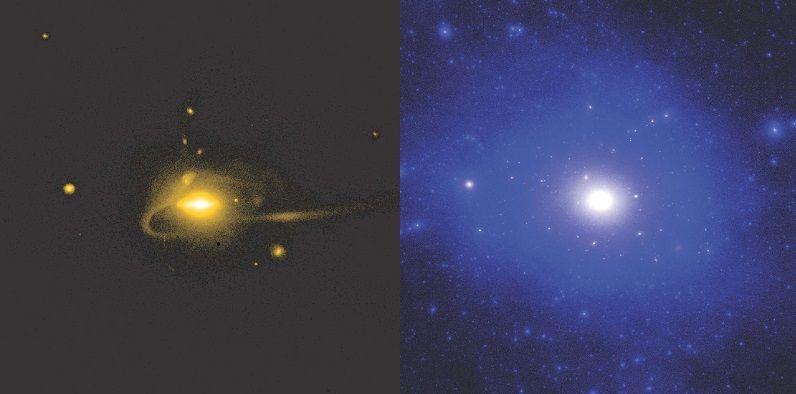Archive for the ‘cosmology’ category: Page 370
Sep 20, 2016
Physicists Made a ‘Black Hole’ in a Lab That May Finally Prove Hawking Radiation Exists
Posted by Elmar Arunov in categories: cosmology, information science, particle physics
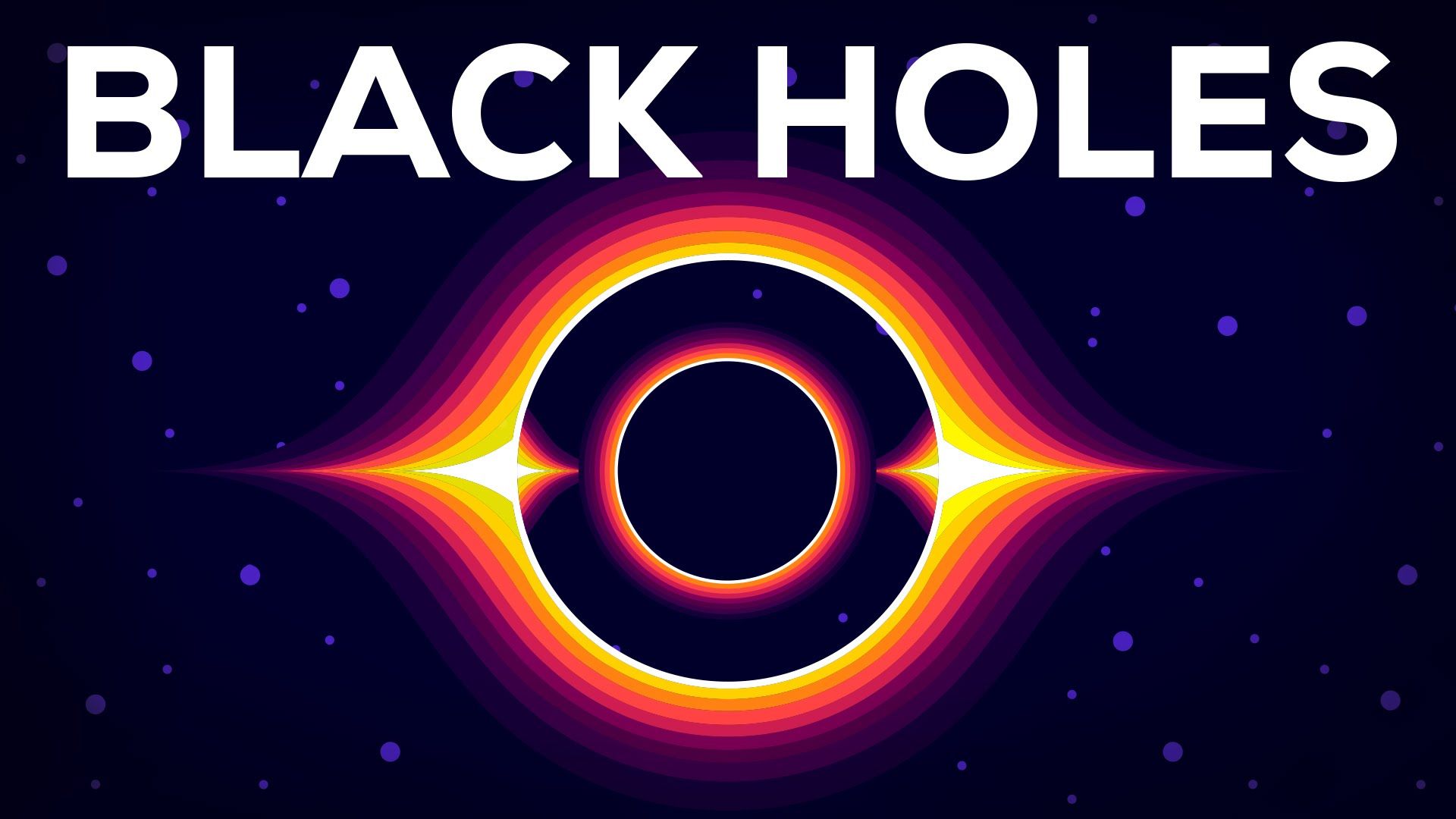
Scientists may have found signs that phonons, the very small packets of energy that make up sound waves, were leaking out of sonic black holes, just as Hawking’s equations predicted.
Some 42 years ago, renowned theoretical physicist Stephen Hawking proposed that not everything that comes in contact with a black hole succumbs to its unfathomable nothingness. Tiny particles of light (photons) are sometimes ejected back out, robbing the black hole of an infinitesimal amount of energy, and this gradual loss of mass over time means every black hole eventually evaporates out of existence.
Sep 17, 2016
This physicist says consciousness could be a new state of matter
Posted by Bruno Henrique de Souza in categories: cosmology, neuroscience, physics
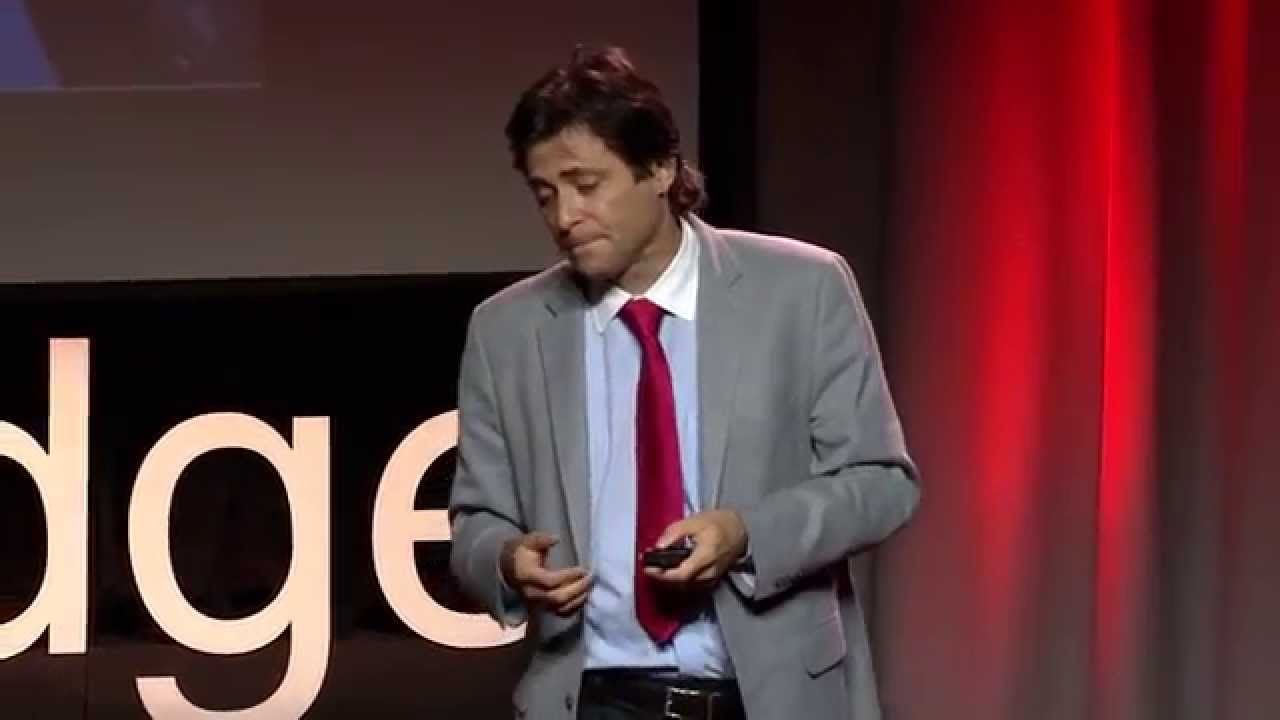
Consciousness isn’t something scientists like to talk about much. You can’t see it, you can’t touch it, and despite the best efforts of certain researchers, you can’t quantify it. And in science, if you can’t measure something, you’re going to have a tough time explaining it.
But consciousness exists, and it’s one of the most fundamental aspects of what makes us human. And just like dark matter and dark energy have been used to fill some otherwise gaping holes in the standard model of physics, researchers have also proposed that it’s possible to consider consciousness as a new state of matter.
Continue reading “This physicist says consciousness could be a new state of matter” »
Sep 14, 2016
Quantum information encoded in spinning black holes
Posted by Karen Hurst in categories: computing, cosmology, quantum physics
Rotating black holes can implement quantum gates and quantum circuits, like Bell states, which are quantum counterparts of the classical computer programing.
The black holes sparked the public imagination for almost 100 years. Their presence in the universe has been debated for long; however, the detection of X-ray radiation coming from the center of the galaxies has put an end to the discussion and undoubtedly proven their existence.
The vast majority, if not all, of the known black holes were unveiled by detecting the X-ray radiation emitted by the stellar material around them. Black holes emit X-ray radiation, light with high energy, due to the extreme gravity in their vicinity. X-ray photons emitted near rotating black holes not only exposed the existence of these phantom-like astrophysical bodies, but also seem to carry hidden quantum messages.
Continue reading “Quantum information encoded in spinning black holes” »
Sep 14, 2016
Synopsis: Spotting Dark Matter with Supermaterials
Posted by Andreas Matt in categories: cosmology, particle physics
Superconducting aluminum or superfluid helium could be used to detect superlight dark matter particles.
Dark matter searches repeatedly draw a blank. One possible reason for the failure may be dark matter’s mass: Despite increased sensitivity, current detectors cannot spot the particles that make up this elusive matter if the particles are extremely light. Now Kathryn Zurek from the Lawrence Berkeley National Laboratory, California, and colleagues have come up with two new ideas for making detectors that should be capable of spotting such superlight particles.
In broad strokes, dark matter detectors are designed to operate as follows: Incoming dark matter particles strike the detector, gently nudging nearby atomic nuclei or electrons in the material from which the detector is made. These rare nudges generate small amounts of energy in the form of light or heat, which the detector registers. But the ability to detect particles of a certain mass depends on the properties of the detector material, such as the mass of its nuclei. Current detectors, made from semiconducting materials or liquid xenon, are sensitive only to particles heavier than about 10 million electronvolts.
Sep 13, 2016
Quantum Cosmology and the Evolution of Inflationary Spectra [CL]
Posted by Karen Hurst in categories: cosmology, evolution, information science, quantum physics
We illustrate how it is possible to calculate the quantum gravitational effects on the spectra of primordial scalar/tensor perturbations starting from the canonical, Wheeler-De Witt, approach to quantum cosmology. The composite matter-gravity system is analysed through a Born-Oppenheimer approach in which gravitation is associated with the heavy degrees of freedom and matter (here represented by a scalar field) with the light ones. Once the independent degrees of freedom are identified the system is canonically quantised. The differential equation governing the dynamics of the primordial spectra with its quantum-gravitational corrections is then obtained and is applied to diverse inflationary evolutions. Finally, the analytical results are compared to observations through a Monte Carlo Markov Chain technique and an estimate of the free parameters of our approach is finally presented and the results obtained are compared with previous ones.
A. Kamenshchik, A. Tronconi and G. Venturi Tue, 13 Sep 16 11/91.
Continue reading “Quantum Cosmology and the Evolution of Inflationary Spectra [CL]” »
Sep 13, 2016
Worm holes- the sad existence of a path impossible to travel
Posted by Karen Hurst in category: cosmology
The existence of worms holes has been long debated and has even become a staple in science fiction.
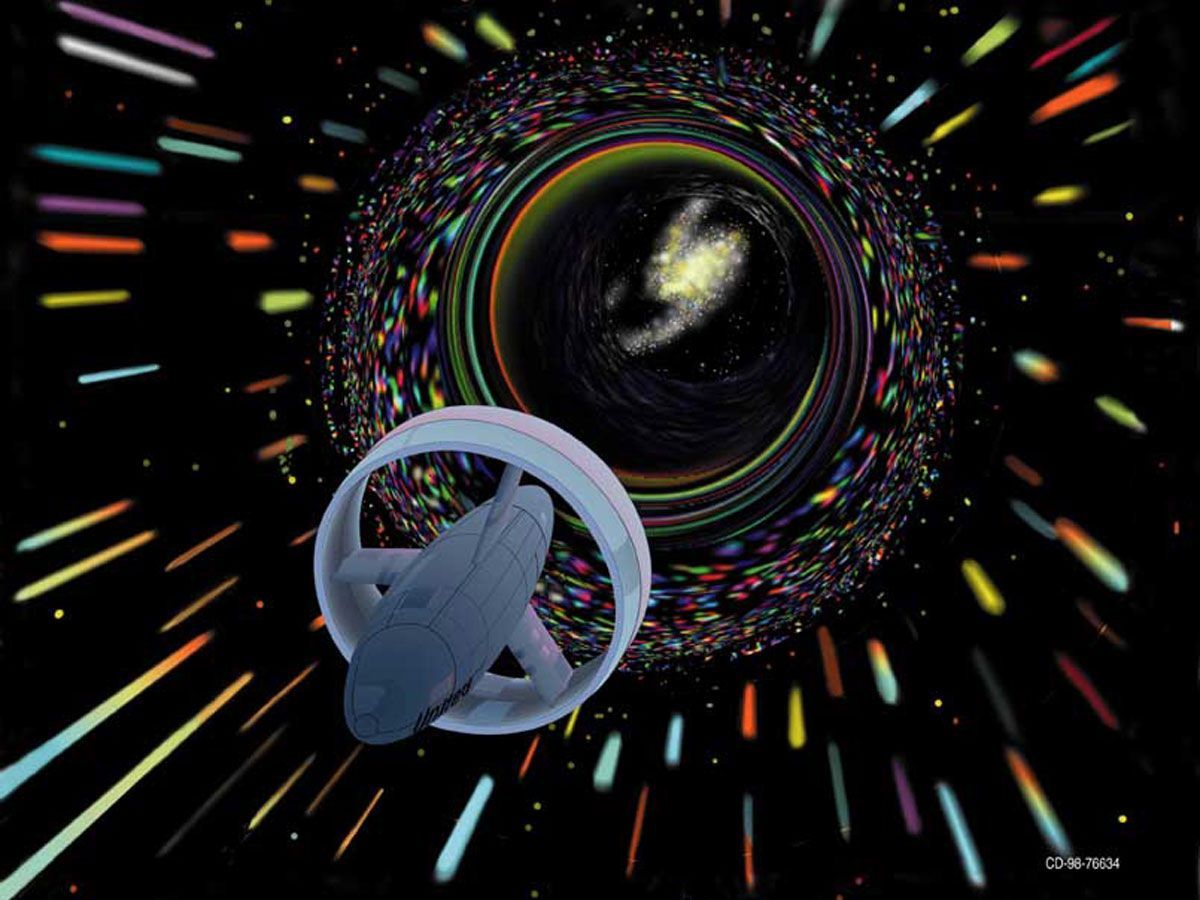 ( source )
( source )
Sep 13, 2016
Benchtop Black Holes Help Physicists Glimpse the Quantum Universe
Posted by Karen Hurst in categories: cosmology, particle physics, quantum physics
A black hole is a physicist’s playground: A place where some of the most bizarre and fundamental concepts in physics can be observed and tested. However, there is currently no way to directly observe black holes in action; these bodies of matter don’t emit the sort of radiation, like light or X-rays, that telescopes are equipped to detect. Fortunately, physicists have figured out ways to imitate the conditions of a black hole in the lab—and in creating analogues of black holes, they are beginning to unravel some the most fascinating puzzles in physics.
Jeff Steinhauer, a researcher in the Physics Department of Technion-Israel Institute of Technology, recently caught the attention of the physics community when he announced that he had used an analogue black hole to confirm Stephen Hawking’s 1974 theory that black holes emit electromagnetic radiation, known as Hawking radiation. Hawking predicted that this radiation would be caused by the spontaneous creation of a particle-antiparticle pair at the event horizon, the point at the edge of a black hole beyond which nothing—not even light—can escape. Under the terms of Hawking’s theory, as one of the particles crosses the event horizon and is captured by the black hole, the other would be ejected into space. Steinhauer’s experiment was the first to exhibit the sort of spontaneous fluctuations that support Hawking’s calculations.
Physicists have cautioned that this experiment still doesn’t confirm the existence of Hawking radiation in astronomical black holes, as Steinhauer’s black hole isn’t exactly the same as one we might observe in space. It’s not yet physically possible to create the intense gravitational fields that form black holes. Instead, the analogue imitates a black hole’s ability to absorb light waves by using sound.
Continue reading “Benchtop Black Holes Help Physicists Glimpse the Quantum Universe” »
Sep 7, 2016
Reconciling dwarf galaxies with dark matter
Posted by Andreas Matt in category: cosmology
Dwarf galaxies are enigmas wrapped in riddles. Although they are the smallest galaxies, they represent some of the biggest mysteries about our universe. While many dwarf galaxies surround our own Milky Way, there seem to be far too few of them compared with standard cosmological models, which raises a lot of questions about the nature of dark matter and its role in galaxy formation.
New theoretical modeling work from Andrew Wetzel, who holds a joint fellowship between Carnegie and Caltech, offers the most accurate predictions to date about the dwarf galaxies in the Milky Way’s neighborhood. Wetzel achieved this by running the highest-resolution and most-detailed simulation ever of a galaxy like our Milky Way. His findings, published by The Astrophysical Journal Letters, help to resolve longstanding debates about how these dwarf galaxies formed.
One of the biggest mysteries of dwarf galaxies has to do with dark matter, which is why scientists are so fascinated by them.
Sep 7, 2016
The Next Wave of Deep Learning Architectures
Posted by Bruno Henrique de Souza in categories: computing, cosmology, robotics/AI
Intel has planted some solid stakes in the ground for the future of deep learning over the last month with its acquisition of deep learning chip startup, Nervana Systems, and most recently, mobile and embedded machine learning company, Movidius.
These new pieces will snap into Intel’s still-forming puzzle for capturing the supposed billion-plus dollar market ahead for deep learning, which is complemented by its own Knights Mill effort and software optimization work on machine learning codes and tooling. At the same time, just down the coast, Nvidia is firming up the market for its own GPU training and inference chips as well as its own hardware outfitted with the latest Pascal GPUs and requisite deep learning libraries.
While Intel’s efforts have garnered significant headlines recently with that surprising pair of acquisitions, a move which is pushing Nvidia harder to demonstrate how GPU acceleration (thus far the dominant compute engine for model training), they still have some work to do to capture mindshare for this emerging market. Further complicating this is the fact that the last two years have brought a number of newcomers to the field—deep learning chip upstarts touting the idea that general purpose architectures (including GPUs) cannot compare to a low precision, fixed point, specialized approach. In fact, we could be moving into a “Cambrian explosion” for computer architecture–one that is brought about by the new requirements of deep learning. Assuming, of course, there are really enough applications and users in a short enough window that the chip startups don’t fall over waiting for their big bang.
Continue reading “The Next Wave of Deep Learning Architectures” »
